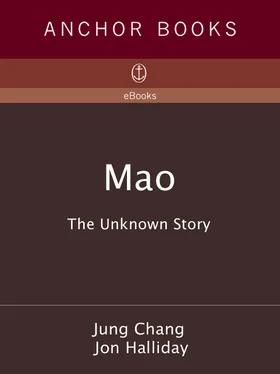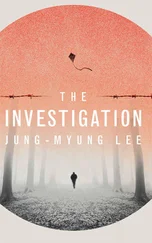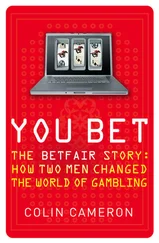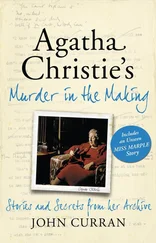Yang, Benjamin, From Revolution to Politics: Chinese Communists on the Long March, Westview, Boulder, 1990 Yang, Dali L., Calamity and Reform in China , Stanford University Press, Stanford, 1996
Yang Kuisong, “The Sino-Soviet Border Clash of 1969,” CWH , vol. 1, no. 1 (2000)
Yang Kuisong, “Changes in Mao Zedong’s Attitude toward the Indochina War, 1949–1973,” Cold War International History Project, Working Paper no. 34, Washington, DC, 2002
Ybañez, Celestino, Episodios Misioneros , Franciscan Procuration, Shanghai, 1949
Yeh, K. C., “Soviet and Communist Chinese Industrialization Strategies,” in Treadgold, Donald W., ed., Soviet and Chinese Communism: Similarities and Differences , University of Washington Press, Seattle, 1967
Yick, Joseph K. S., “Communist Puppet Collaboration in Japanese-Occupied China,” Intelligence & National Security , vol. 16, no. 4 (2001) Young, Édouard, “La Mission de Nananfu du 18 au 27 janvier 1929,” Annales de la Congrégation de la Mission , vol. 94, no. 4 (1929) Yu, Chen Liang, & Buckwell, Allan, Chinese Grain Economy and Policy , CAB International, Oxford, 1991
Yu, Maochun, OSS in China: Prelude to Cold War , Yale University Press, New Haven et al., 1996Yu Miin-ling, “A reassessment of Chiang Kaishek and the policy of alliance with the Soviet Union, 1923–1927,” in Leutner Yu-Ang-Li, “The Communist International and the Foundation of the C.P. of China,” Communist International , vol. 6. nos. 9–10 (1929) Zagoria, Donald S., The Sino-Soviet Conflict 1956–1961 , Atheneum, New York, 1967
Zakharov, M. V., ed., Finale , Progress, Moscow, 1972
Zazerskaya, Tatiana, “URSS — Chine populaire, ‘l’aide fraternelle’,” Communisme , nos. 49–50 (1997)
Zazerskaya, T. G., Sovietskiye Spetsialistyi i Formirovaniye Voyenno-Promyishlennogo Kompleksa Kitaya (Soviet Specialists and the Formation of China’s Military-Industrial Complex), St. Petersburg State University, St. Petersburg, 2000
Zhai, Qiang, China and the Vietnam Wars, 1950–1975 , University of North Carolina Press, Chapel Hill et al., 2000
Zhang, Shu Guang, Economic Cold War: America’s Embargo against China and the Sino-Soviet Alliance, 1949–1963, Stanford University Press, Stanford, 2001
Zhang, Shu Guang, Deterrence and Strategic Culture: Chinese-American Confrontations, 1949–1958, Cornell University Press, Ithaca, 1992
Zhang, Shu Guang, Mao’s Military Romanticism: China and the Korean War , University Press of Kansas, Lawrence, Kansas, 1995
Zhang, Shuguang, & Chen, Jian, eds, Chinese Communist Foreign Policy and the Cold War in Asia: New Documentary Evidence, 1944–1950, Imprint, Chicago, 1996
Zhang Songshan, “On the ‘He Long Case Group’ ” (in Schoenhals, Michael, ed., “Mao’s Great Inquisition”), CLG , vol. 29, no. 3 (1996) Zhang, Xiaoming, Red Wings Over the Yalu: China, the Soviet Union, and the Air War in Korea, Texas A&M University Press, College Station, 2002
Zhang Yufeng, “Anecdotes of Mao Zedong and Zhou Enlai in Their Later Years” (Part 1), FBIS-CHI-89–017 (27 Jan. 1989) Zhang Yunsheng, “True Account of Maojiawan: Reminiscences of Lin Biao’s Secretary” (Sullivan, Lawrence R., & Liu, Nancy, eds), CLG , vol. 26, no. 2 (1993) Zheng Chaolin, An Oppositionist for Life: Memoirs of the Chinese Revolutionary Zheng Chaolin (edited and translated by Gregor Benton), Humanities Press, Atlantic Highlands, 1997
Zheng Yi, Scarlet Memorial: Tales of Cannibalism in Modern China, Boulder, Westview, 1996
Zhivkov, Todor, Memoari (Memoirs), “SIV” AD—“ABAGAR” EOOD, Sofia, 1997
Zhou Enlai, Selected Works , vol. 2, Foreign Languages Press, Beijing, 1989
Zhu, Fang, Gun Barrel Politics: Party — Army Relations in Mao’s China, Westview, Boulder, 1998
Zimonin, Viacheslav, “The Soviet-Japanese War of 1945,” FEA , no. 4, 1995
Zubok, Vladislav, “ ‘Look What Chaos in the Beautiful Socialist Camp!’: Deng Xiaoping and the Sino-Soviet Split, 1956–1963,” CWB, no. 10 (1998) Zubok, Vladislav, & Pleshakov, Constantine, Inside the Kremlin’s Cold War , Harvard University Press, Cambridge, Mass., 1996
Since we completed our book, all the cables we cited (from Russian archives) between Mao and Stalin in the years 1947–1949, plus the reports of Anastas Mikoyan from China to Stalin in January-February 1949, and many other previously unpublished documents have become available in Tikhvinsky, S. L., et al., eds., Russko-kitayskiye otnosheniya v XX veke: sovietsko-kitayskiye otnosheniya: Materialyi i dokumentyi , vol. V (1946-fevral [February] 1950); book 1: 1946–1948; book 2: 1949–fevral 1950 (Russo-Chinese Relations in the 20th Century … Materials & Documents) (Moscow, Pamyatnik Istoricheskoy Myisli, 2005) [Tikhvinsky 2005].
WEB REFERENCES
Web/Dimitrov
http://www.marxists.org/reference/archive/dimitrov/works/1937/china1.htm
http://www.revolutionarydemocracy.org/rdv2n2/dimitrov.htm
http://www.revolutionarydemocracy.org/rdv5n2/dimitrov.htm
Web/JPRS
http://e-asia.uoregon.edu
http://www.marxists.org/reference/archive/mao/works/collected-works/index.htm
Web/NSA
http://www2.gwu.edu/~nsarchiv/NSAEBB/
http://www2.gwu.edu/~nsarchiv/nsa/publications/china-us/index.html
Web/PHP
http://www.isn.ethz.ch/php/
Diaries (Dimitrov; P. P. Vladimirov) are referenced by date entry only. References to the names “Dimitrov” and “Vladimirov” alone are to their diaries.
Photograph no. 10, by Auguste François, is reproduced by permission of Réunion des Musées Nationaux; no. 14, by Cecil Beaton, by permission of the Beaton Estate; no. 16, by permission of Getty Images; no. 19, by permission of Wang Danzhi; nos. 29 and 39, by permission of the Rossiiskii Gosudarstvennyi Arkhiv Kinofotodokumentov (the Russian State Archive of Photodocuments); no. 34, by Henri Cartier-Bresson, by permission of Magnum Photos; no. 45, by Du Xiuxian; no. 53, by Lu Houmin; nos. 61, 63, 64 and 65, by Li Zhensheng; nos. 67, 72, 76 and 77, by Du Xiuxian.
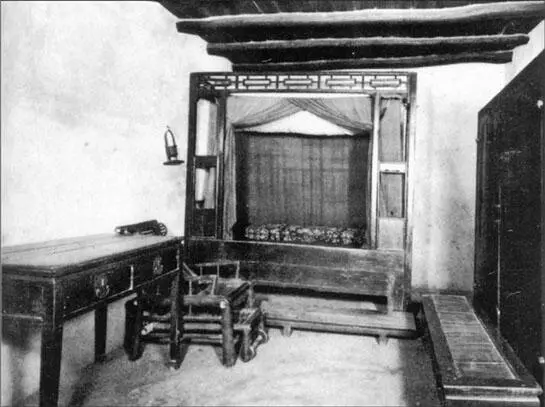
The room where Mao was born, on 26 December 1893, in Shaoshan village, Hunan province.(photo illustration 1)
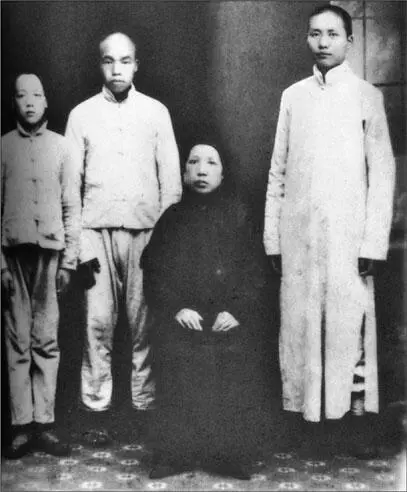
Mao Tse-tung (right), in the only photograph of him with his mother, taken in Changsha in 1919, shortly before she died. Mao, aged twenty-five, is dressed in scholar’s garb, while his two younger brothers, Tse-tan (far left) and Tse-min, are still wearing peasant clothes.(photo illustration 2)
Mao Tse-tung (right), wearing a black armband just after the death of his mother, with his father (second from left), uncle (second from right), and brother Tse-tan (far left), Changsha, 13 November 1919.(photo illustration 3)
Yang Kai-hui, Mao’s second wife, with their two eldest sons, An-ying (right), aged two, and Anching, aged one, Shanghai, 1924. Kai-hui was soon to be deserted by Mao, and executed by the Nationalists because of Mao. She left poignant manuscripts describing her disillusionment with communism and with Mao, whom she loved.(photo illustration 4)
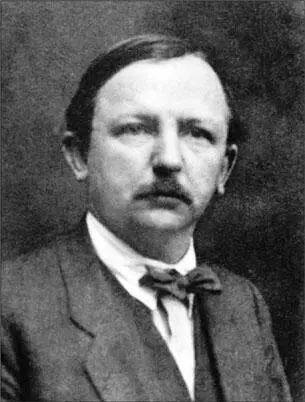
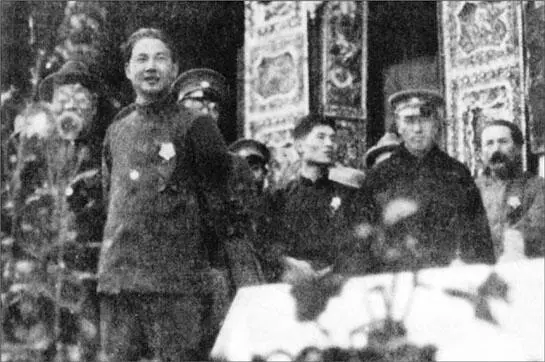
Moscow’s key agents in China. Grigori Voitinsky (above left) founded the Chinese Communist Party in 1920. Maring (above right), the Dutch agitator, co-presided over the first congress of the Chinese Communist Party in Shanghai in 1921. He later broke with communism and was executed by the Nazis. (Below) Mikhail Borodin (far right) steered both the Nationalists and the Communists in 1923–27. He was in Canton, 1925, with Chiang Kai-shek (next to him), soon to become the Nationalists’ leader, and Wang Ching-wei (front), Mao’s patron in the Nationalist Party, and later head of the Japanese puppet government.(photo illustration 5)
Читать дальше
